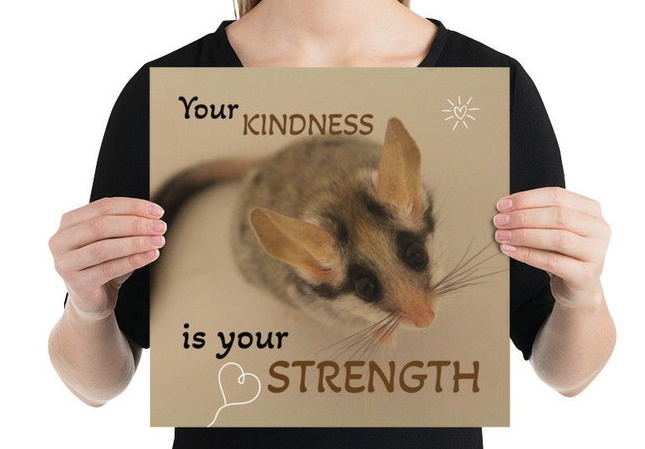Introducing on Neutral Territory
The neutral territory introduction method
For many rodents, introducing on neutral territory is a way to introduce new animals to each other. However, this is species specific and this is a general overview for neutral territory introductions to help you begin your research. Please research your chosen animal to know what their needs are. Gerbils for instance may kill each other if you do not introduce safely via the Split-cage method.
For a mouse specific guide see Fancy Mice Introductions.
Getting new animals
This is best done from rescue or breeder due to risk of supporting rodent farms. Talk to your chosen rescue or breeder about your existing animals, and consider their personalities, gender and age dynamics, and time alone. Some Degu for example, will reject new companions initially and benefit from a little time to remember they are lonely before introducing new animals.
You should quarantine new animals before introductions. This will only be effective if you have a place to keep them that does not share the same airspace as your current animals. You will also need to be very careful about washing your hands and the equipment used whilst doing this.
Introducing
To begin you you will need a small clean tank or carrier, with a minimum of substrate and no toys. Do not add water bottles, bowls or food to begin with. Some keepers find a clean, dry bath is a good option for introductions rather than a carrier. Make sure you are prepared to intervene in any dangerous behaviour, a short, sharp clap of hands can interupt a serious scrabble for example, but dangerous behaviour such as ball-fighting needs gloved hands to intervene!
Some species benefit from being in the same airspace for some time before you begin introductions. You can also swap carriers to get them used to each others scent before beginning. This is not neccesary in the case of mice introductions.
Some keepers chose to mark animals with vanilla essence to conceal their natural scent and aid the intro. This varies by animals and can cause additional stress or simply delay any dominance behaviour or fighting. We choose not to do this.
Add the animals to your carrier and monitor. You will see a variety of dominance behaviour such as chasing, squeaking, boxing and same-sex mounting. This is normal and needs to play out, providing it is does not develop into more serious behaviour such as ball-fighting, persistant chasing without breaks, or anything that draws blood.
If blood is drawn and you have been forced to intervene, remove the bully not the victim. Leave them apart for around 30 minutes to cool down and start again later on the neutral territory. Anytime a serious fight breaks out, take your introduction back a step and try again after some time out. Some introductions may never be successful.
Introduce a water source after their has been some positive signs, a bottle is a better option than a bowl animals may hase each other through, or slices of cucumber can be used to keep things simpler. You can also add food at this time, either through multiple bowls so one cannot be camped by a dominant personality or by scatter feeding.
Monitor them for a good few hours and if things are going positively then add a single item. Rather than a silent spinner wheel, a flying saucer is ideal for groups of small rodents as several can use it at once so it reduces fighting. Equally, if you do add a nest make sure it is easily large enough to accommodate all and has multiple exit points to avoid any animal being cornered and forced into more extreme behaviour as they cannot escape.
Scrub and disinfect the cage they will all be in and do not leave any toys or furnishings. Double up on any food/water bowls as above. It might help to transfer some of the bedding from your neutral territory tank into this cage.
Move your mice to the new cage, or to a larger cage if you are doing this in stages. It can be good sometimes to allow your animals around ten minutes or so in this cage before your established animals, as this gives them a chance to explore and get their scents marked.
You can add items gradually to their cage over the course of the next few days, make sure to keep doubling up on food and water bowls until you are sure that a single animal does not camp one and prevent the others from feeding. You may also want to weigh all pets on a weekly basis to keep track, that way you will know if one is suddenly being bullied and been restricted access to food.
After a week or so, depending on their behaviour, you can be back to a fully furnished cage.


